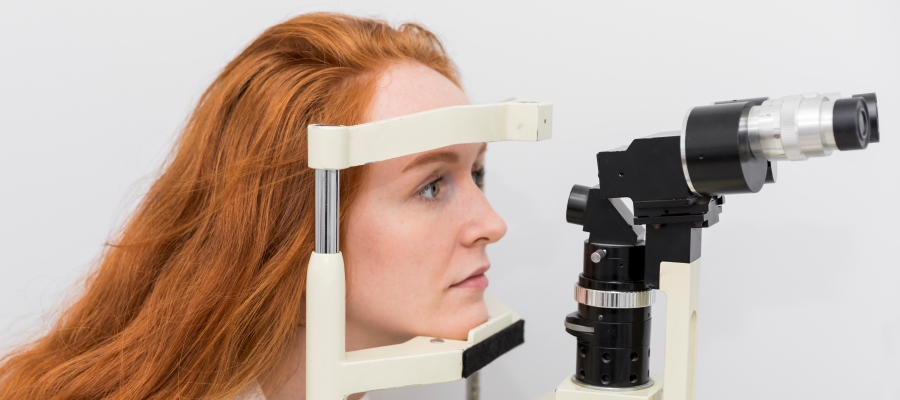
Glaucoma Treatment
Glaucoma is a disease that often occurs over the age of 40, usually progressing over the years and damaging the eye nerve, which is critical for vision. When vision loss occurs in glaucoma, there is no way to revert the damage. Therefore, early diagnosis and treatment is very important. Meticulous eye examination is essential for early diagnosis.
What are the Risk Factors for Glaucoma?
- Having a Family history of glaucoma
- Being 35 years or older
- Having Severe Inflammation and Infection of the Eye in the Past
- Having Eye Injuries or Previous Eye Surgeries
- Having Diabetes
- Having Low or High Blood Pressure
- Having Myopia
- Having Conditions Requiring Long-Term Cortisone Treatment (such as asthma, arthritis)
- Having Migraine
How is glaucoma treated?
Glaucoma can be treated in three different ways.
- Drug Therapy
- Laser Therapy
- Surgical Treatment
Drug Therapy: There are many eye drops used in medical treatment of glaucoma. These drops reduce intraocular pressure with different mechanisms of action. They are used regularly and for the rest of the life at regular intervals. Intraocular pressure is aimed to be reduced. If unsuccessful, another eyedrop is added. If eye pressure still remains in place, the third eyedrop is added according to the condition of the eye or other treatment methods are considered.
Laser Treatment: In the treatment of glaucoma, laser treatment is a treatment option that can be applied before surgery in patients who do not have sufficient response to drug treatment. This method is very successful when applied without delay.
Surgical Treatment: A hole is made on the sclera (white part of the eye) in the surgical method. With this hole, that is not visible to the naked eye, it is attempted to discharge excess liquid and reduce intraocular pressure.


